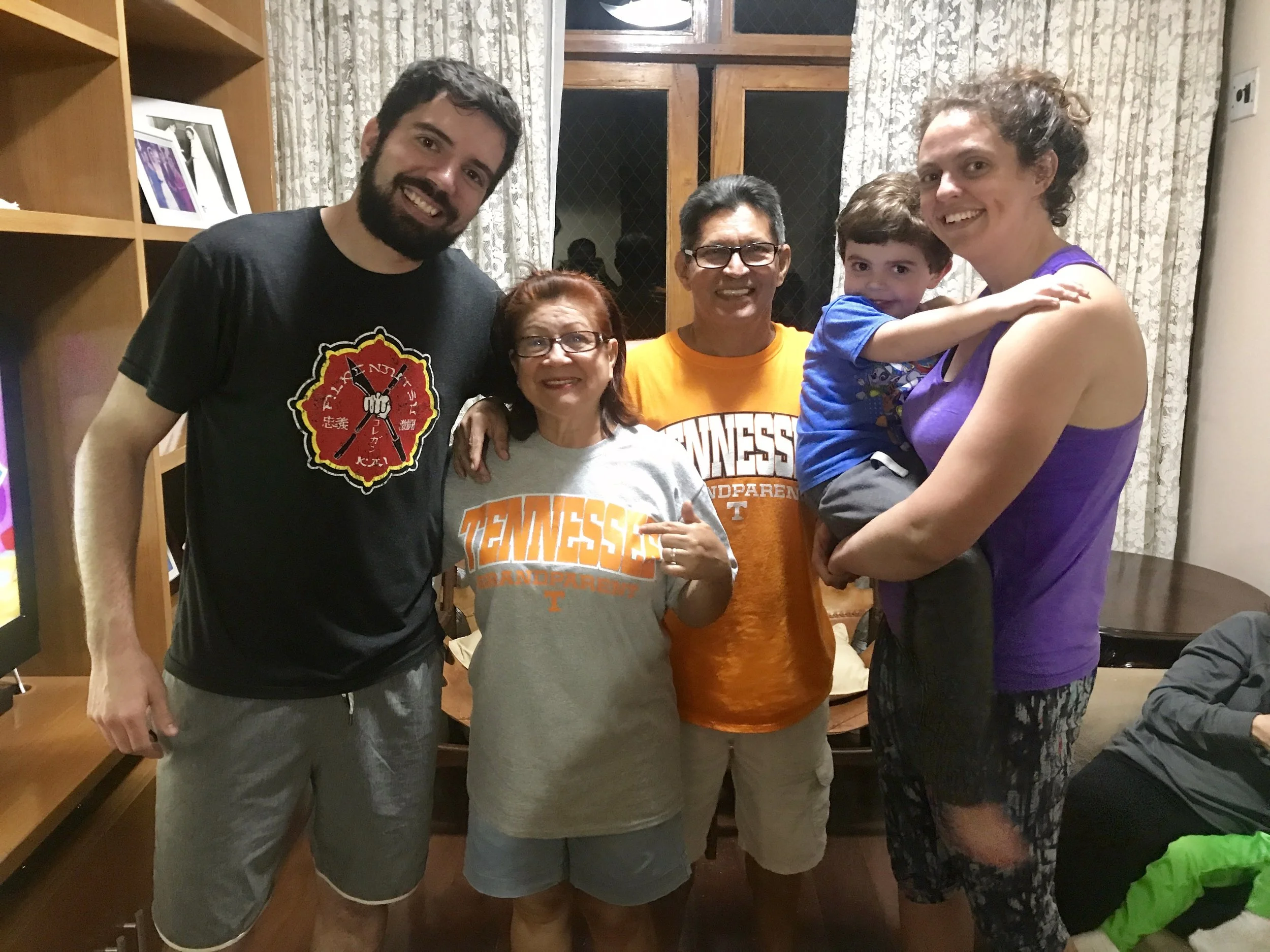A recent Consumer Reports article presented the latest research on keeping our minds sharp, especially as we age. As I read the article, I couldn’t help but notice that each of the five areas discussed could be addressed by being actively involved in a Martial Arts program!
1. Reducing Stress
Exercise is well known for its ability to aid in the reduction of stress. Add to that the myriad of stress-reducing benefits of the Martial Arts in particular and you have a true stress buster.
2. Staying Connected
By this, the authors meant staying connected socially with others. The social aspects of a training class such as a Martial Arts class cannot be underestimated, not to mention Martial Arts classes are fun and engaging, helping you to commit to the long term benefits.
3. Feeding the Brain
Consuming a nutritionally-balanced diet is key to any Martial Arts program and your overall healthy lifestyle. The recommendations for maintaining healthy brain function are much the same as for maintaining overall healthy body function: minimizing trans-fat intake, reducing saturated fat intake, and consuming more fish and other foods that contain healthy fats.
4. Staying Fit
Physical activity is the best-known way of protecting your brain against aging. The recommendation here is the same as for general health and well-being: at least 30 minutes of exercise on most days. Martial Arts training incorporates daily exercise into your routine in a fun and exciting way so that you can stick to it.
5. Flexing Brain Muscles
Use it or lose it. The mental aspect of Martial Arts training provides this type of mental stimulation along with a great physical workout. This is something I discuss with our adult students on a very regular basis. Adult students often notice that the martial arts we teach are so technique oriented, cerebral, and detailed that they sometimes have difficulty remembering the techniques. That is exactly why it is so beneficial for you. Using the brain to make the mind and body work together performing a complicated Jiu Jitsu technique, or a long Kata in Kenpo is exactly the kind of workout that your brain needs!
Keep in mind that “aging” doesn’t mean you’re heading toward your 90s. Depending on your lifestyle, aging-related changes in your brain such as memory loss can begin as early as your 20s or 30s. So stay committed to your Martial Arts training. Your mind will thank you for it.
Some people plan on doing crossword puzzles and sudoku to keep their minds working as they age. I for one plan on rolling and practicing my forms/techniques when I’m 90!
































